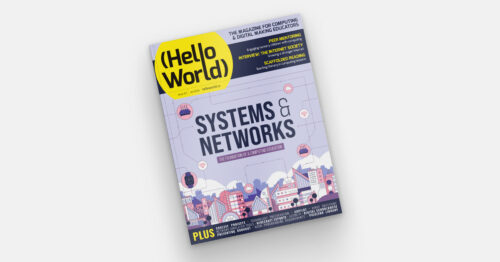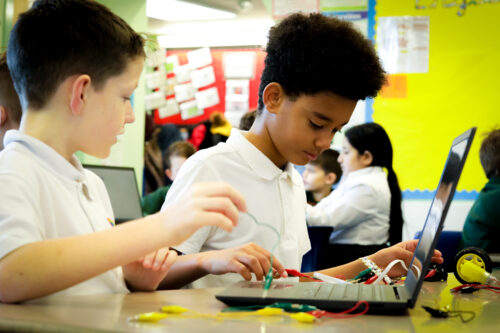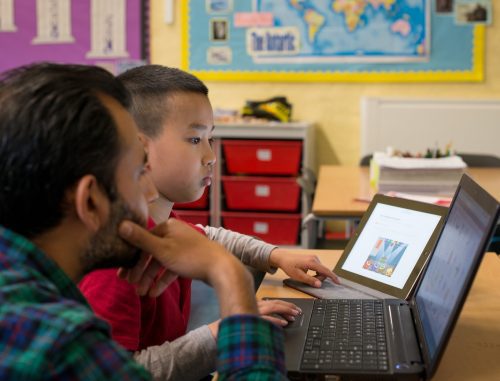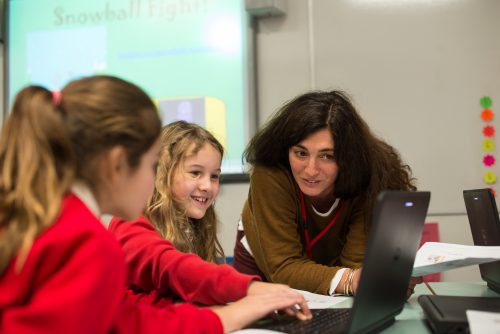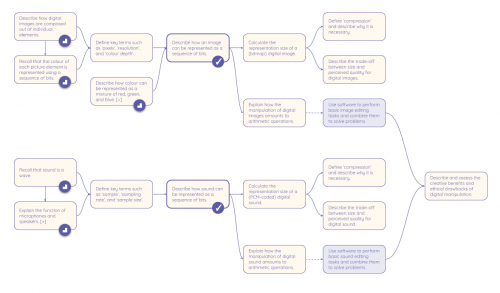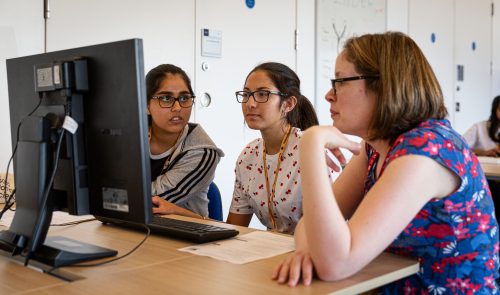Across continents and cultural contexts, our free Computing Curriculum serves as a common thread that connects educators. Read the stories of 3 educators who share their thoughts on the curriculum’s application, adaptability, and the impact it’s had on their educational settings.
I’m Freda, and I co-founded a non-profit organisation called Waloyo in South Africa.
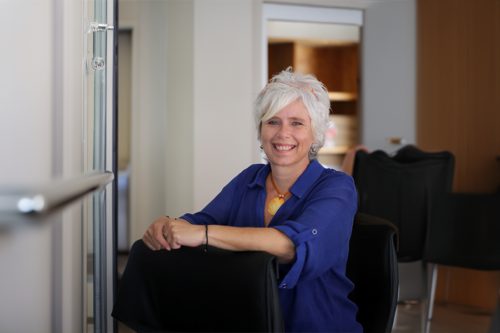
Coming from a background of technology consulting, I know the value of computing education. I have a real drive to teach young kids coding so they can get ahead and find jobs in our digital economy.
Our role at Waloyo is to work with non-profit organisations that work with young people and want to expand their services to include computing skills training. Waloyo trains non-profit facilitators, who in turn teach computing skills to youth between the ages of 6 and 18. A unique challenge is that the majority of facilitators we train don’t have any previous computing experience. The resources we use need to be clear and easy to follow.
What I really love about The Computing Curriculum resources is the facilitator guides.
Our initial plan was to run the training programmes after school and outside the school curriculum, but we were getting requests from schools to support them too. South Africa doesn’t have a national computing curriculum, so there aren’t many subject specialist teachers. So we looked for curriculum resources from other countries to support our work and that’s how we found The Computing Curriculum.
In rural Africa where we work, students have low levels of exposure to computers and computing. So whether they are 6 or 18 years old, we usually start with Scratch. The younger kids then continue with Scratch and the older kids move quickly on to Python as they build confidence.
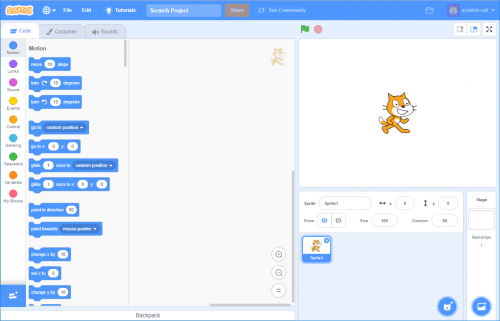
What I really love about The Computing Curriculum resources is the facilitator guides. They fit in well with our process of training NGO facilitators to work directly with the kids. I love the comprehensiveness and flexibility of what your curriculum provides to enable this method of delivery.
So far we’ve launched 3 programmes in communities in South Africa, impacting around 150 young people, and it’s worked beautifully. It’s phenomenal to see how excited the kids get when the computer does what they want it to do!
I’m Al, and I’ve been a secondary science teacher since 1991.

For the past 13 years, I’ve taught in international schools. Two years ago, I decided to retrain in teaching computing. My wife and I are currently teaching in Kazakhstan. I now teach at primary level but still handle some secondary classes. For primary, there’s significant time pressure, especially with extra lessons for the local language, making it challenging to fit computing into the schedule.
The private schools where I work are starting to implement the UK computer science curriculum. At one of the schools, they have a robotics course which has given rise to a misconception that everything in computing is about robotics! My role, therefore, involves expanding the concept of robotics to include a broader range of computing activities and finding efficient ways to integrate these new materials into the curriculum with minimal effort from the staff. I focus on selecting appropriate units to fit into what the schools are already doing rather than implementing a comprehensive new program.
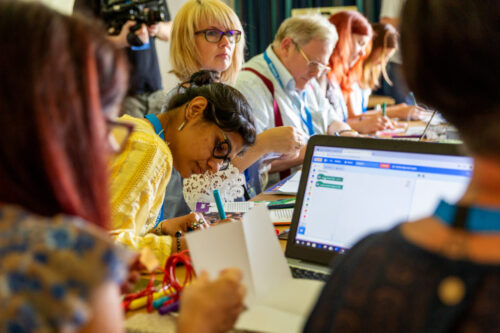
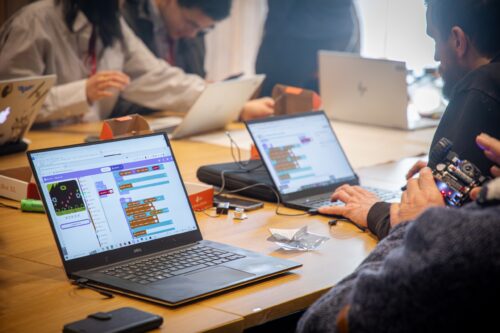
The Raspberry Pi Foundation’s curriculum resources are valuable because they provide comprehensive lists of programs and ideas that I can adapt for my colleagues. I adapt resources to make them more accessible for primary teachers, simplifying and customising them for ease of use.
The Raspberry Pi Foundation’s curriculum resources are valuable because they provide comprehensive lists of programs and ideas that I can adapt for my colleagues.
Once students understand that computing is a tool for developing skills rather than just passive consumption, they take ownership of their learning which boosts their confidence. Culturally relevant materials are particularly effective, especially in diverse international classrooms. Adapting resources to be culturally relevant and incorporating students’ examples enhances their usefulness and impact. The resources are excellent, but by tailoring them, they can be even more effective, particularly in an international context with diverse nationalities and learning concepts.
Head of ICT at an international school in Egypt

As Head of Department, I am responsible for what all the different age groups learn, from year 1 to year 12. We use the Cambridge International (CIE) curriculum, so I was looking for supplementary resources that build from the basics, have a clear progression map, and complement the resources we already had.
With The Computing Curriculum, it is easy to pick out individual lesson resources to use. I love that it doesn’t need a licence and that the students don’t face any problems when they download it to practise at home. I’m covering curriculums for both computing and digital literacy, so I use resources that are relevant to my curriculum maps.
With The Computing Curriculum, it is easy to pick out individual lesson resources to use.
In some schools, their idea of an ICT lesson is getting students to play games, use Word documents, make PowerPoint presentations, and that’s it. But this generation of students love coding and making their own games. So instead of playing the game, we teach them how to develop a game and how to add the characters themselves.
From year 1 to year 2, students take part in a wide range of computing activities and develop a lot of new skills. They find these skills amazing. It makes them feel engaged, excited, and that they are doing something valuable.
Using The Computing Curriculum
These educators’ stories show how easy it is to adapt our Computing Curriculum to your unique context, enhancing students’ technical skills and inspiring creativity, critical thinking, and a passion for problem-solving. We look forward to continuing this journey with these and other educators as they transform computing education for their learners.
If you’re looking for new computing resources to teach with, why not give The Computing Curriculum a try? You can also read our culturally relevant pedagogy research that Al mentions in his interview.
Website: LINK


